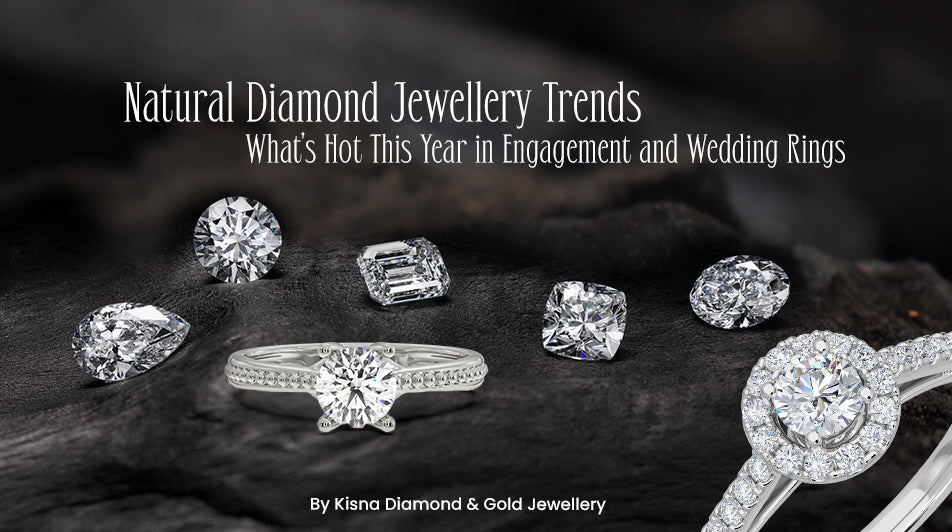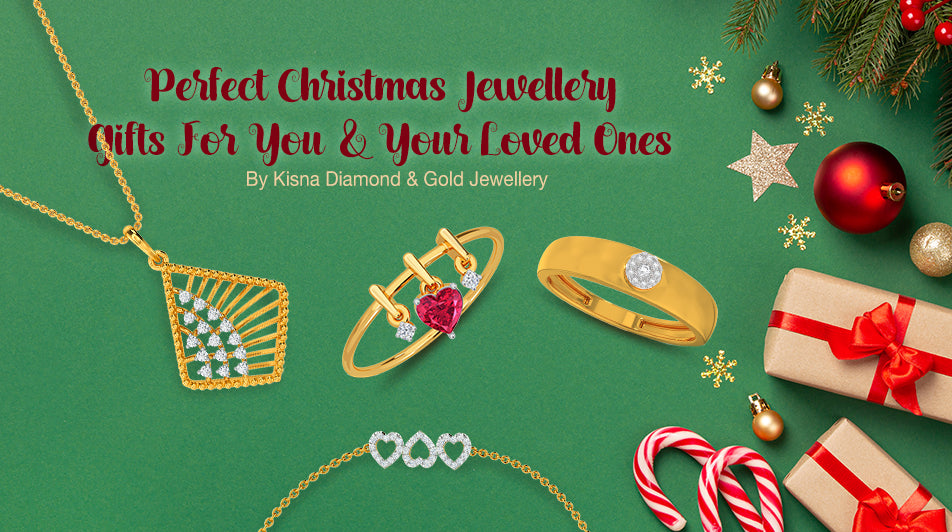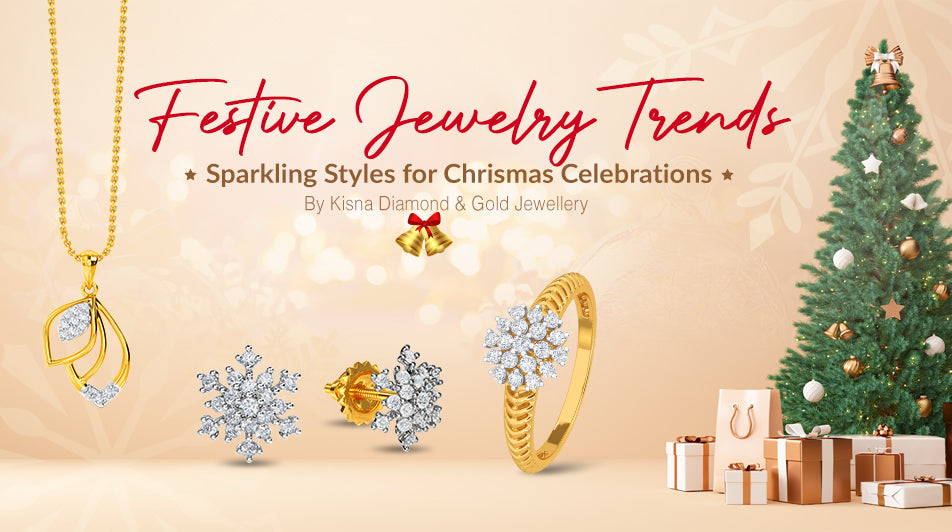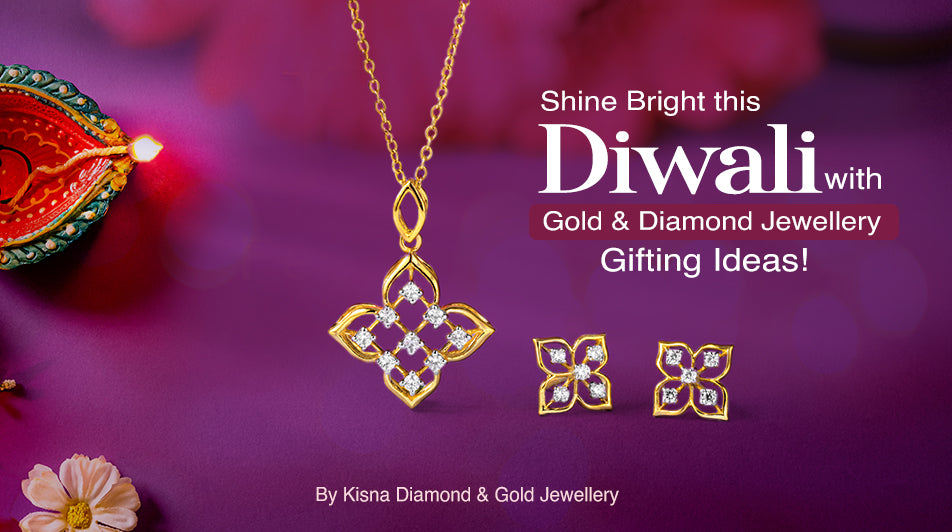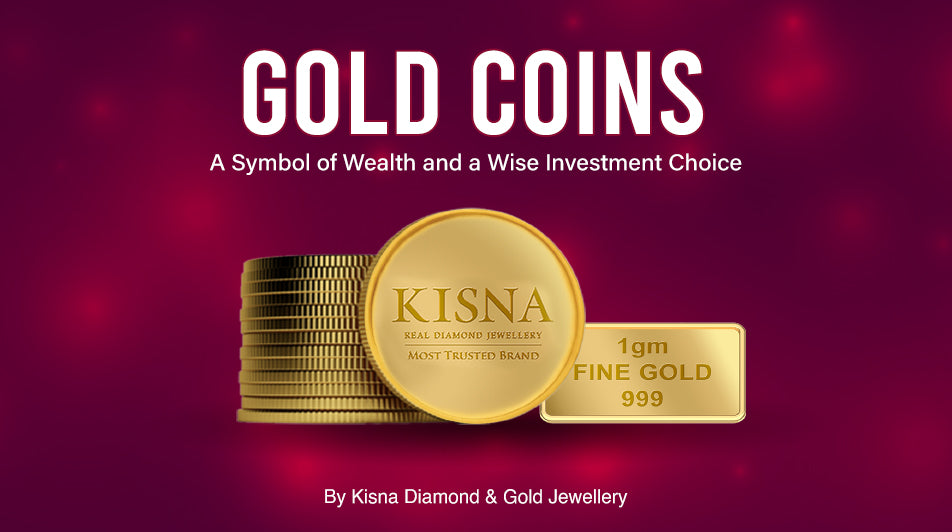Know Your Diamond
 What is a Diamond :
What is a Diamond : A diamond is a Precious stone and the purest form of Carbon as well as the fact that it’s the hardest substance known on earth. The diamond is also the stone that marks the 60th anniversary of marriage and is the birthstone for the month of April. It is believed that the first diamonds were discovered in India, at least 3000 years ago. In Ancient India, people viewed diamonds as religious icons. The power, hardness and beauty of the diamond have been prized throughout history in many civilizations.
Diamonds are now used for adornment because of their sheer beauty- their dispersion of white light into many different beautiful colours, and their brilliance and indestructibility. Gemmologists now Grade diamonds based upon what is called “the 4 C’s of Diamond” referring to a carat, cut, colour, and clarity.
The 4 C’s of Diamond :
Diamond Quality depends on the 4C’s of a Diamond. Diamonds are Graded using a Universal System where the Quality of the diamond is decided upon its 4C’s – Color, Clarity, Cut and Carat. No Matter how much the diamond is big or small it has its own characteristic which determines its value.
1. Cut: Cut is not just the shape of a diamond but the most major factor in determining its Brilliance. The cut is the output of a diamond cutter workmanship that cuts and Polishes a diamond. While other factors such as Color & Clarity are natural factors.
2. Diamond: Cut is how well a diamond is cut and polished, including how well-proportioned the stone is in its depth and symmetry. Cut quality directly impacts the diamond’s beauty and brilliance. A well-cut diamond is luminous and reflects white and colored light back to your eyes. A poorly cut diamond is dull instead of brilliant.
3. Color: The Color of a diamond actually refers to the lack of color in a diamond, with perfectly colorless diamonds considered the highest quality with the highest value, and brown or yellow diamonds being the lowest quality. Most diamonds appear colourless to an untrained eye, yet many have slight tones of yellow or brown which affect their value. The colour of a diamond is measured on an alphabetical scale starting from D (colourless). Each letter grade has a clearly defined range of colour appearance that determines its value, and as you move down the scale, the colour tint in the diamond increases.
|
D: |
Absolutely colourless. The rarest and most valuable. Less than 1% of diamonds mined worldwide are graded as colour D. |
|
E – F: |
Also considered colourless, even though it is a minimal trace of colour that can only be detected by an expert gemmologist. Less rare than D, and more valuable than G – H. |
|
G – H: |
Near colourless. To the eye, these diamonds appear clear and colourless, although they also contain minute traces of colour. Less rare than E – F, but more valuable than I – J. |
|
I – J: |
Near colourless with a faint tint of yellow not easily identified by the eye. Less rare than G – H, but more valuable than K – L. |
|
K – L: |
Faint yellow tint, visible to the eye. Less rare than I – J, but slightly more valuable than M – N. |
|
M – Z: |
Very light yellow, easily identified by the eye. Least valuable of the diamond colour grade. |
|
Fancy Yellow: |
Rarer and more valuable than the colourless and near colourless white diamonds. These diamonds contain nitrogen which results in a yellow appearance. The more yellow the diamond is, the rarer and more valuable it is. Yellow diamonds are graded Light Fancy Yellow, Fancy Yellow, and Intense Fancy Yellow. |
Clarity of Diamonds are graded by the grading institutions such as IGI on the following Basis
- Flawless or FL: No inclusions or blemishes are visible to a skilled grader using 10x magnification.
- Internally Flawless or IF: No inclusions, only blemishes are visible to a skilled grader using 10x magnification.
- Very Very Slightly Included or VVS1/ VVS2: Inclusions are difficult to detect for a skilled grader under 10x magnification.
- Very Slightly Included or VS1/ VS2: Inclusions are negligible and range from difficult to somewhat easy for a skilled grader to detect under 10x magnification.
- Slightly Included or SI1/SI2: Inclusions are obvious to a skilled grader when using 10x magnification.
- Included or I1/I2/I3: Inclusions are noticeable under 10x magnification and may influence transparency and brilliance.
5. Carat: Carat refers to the weight of a diamond and other gemstones. This means that the price of a diamond will increase exponentially as the carat size of the diamond increases. But a large diamond with low colour and clarity will be less valuable than a smaller diamond with high colour and clarity.
Another common misconception is that a 2-carat diamond will look twice the size of a 1-carat diamond. As the carat weight of a diamond is measured in mass and not physical size, a 2-carat diamond will not be twice the size of a 1-carat diamond but it will be twice the weight.








